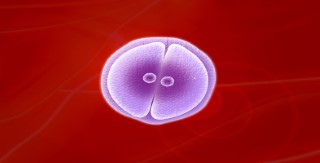Meiosis and mitosis
Learn about the fascinating processes of meiosis and mitosis in this free course on inheritance. Understand how chromosomes behave during sexual reproduction and how genes are transmitted across generations. Discover the importance of gametes, fertilization, and the concept of genes as units of inheritance. Gain insights into the characteristics of different species and the dominance of certain traits. Expand your knowledge of genetics and inheritance patterns with this comprehensive course.
This free course, Meiosis and mitosis, looks at how units of inheritance are transmitted from one generation to the next. First you will look at what happens to the chromosomes of animals and plants during the process of sexual reproduction. Then you will examine how genes are transmitted in particular patterns from generation to generation. These two approaches combine to illustrate how the patterns of inheritance can be explained by the behaviour of chromosomes during sexual reproduction.
Course learning outcomes
After studying this course, you should be able to:
Understand that the number of chromosomes is characteristic of each species and can vary enormously between species
Recognise that genetics is based on the concept of the gene as the unit of inheritance
Understand that sexual reproduction always includes two distinctive processes: the production of gametes, which involves meiosis, and fertilisation.
Understand that a particular phenotypic character is determined by the two copies of a gene that an organism possesses and these two copies are identical in a pure-breeding variety
Understand that when organisms with contrasting characters for which they are pure-breeding are crossed, the dominant character appears in the first offspring or first filial generation and the recessive character is masked.





